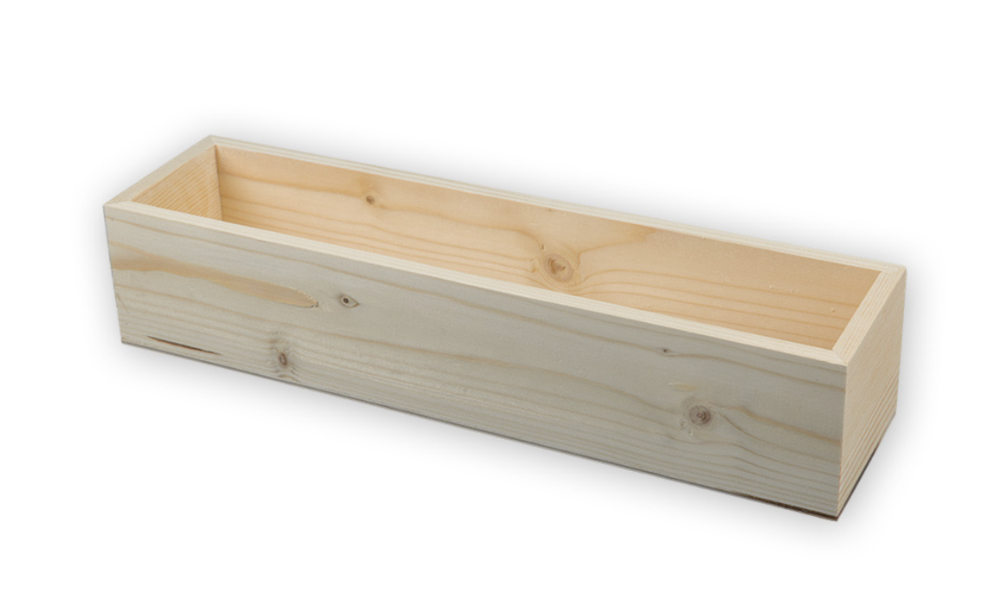Your cart is currently empty!

Calculate Soap Recipe Amount to Fit a Mold
I don’t use fancy molds simply because the perfect soap in size and shape for my family is produced in these repurposed disposable cream containers. The short and stubby soap bars that come out of them are the best I ever held in my hands. The containers also work great because they are waxed inside.

So, how do you calculate the amount of oils you need for your containers? The formulas are very simple for metric or the UK/US systems.
Formulas for Oil Weight to Fit your Mold
For a Regular Mold (Box or Cylinder)
Mold volume in cubic centimeters x ~ 0.75 = Weight of oils in grams
OR
Mold volume in cubic inches x ~ 0.4 = Weight of oils in fluid ounces
To calculate volume:
For a rectangular prism (brick) shape, multiply the length x width x depth of the soap batter pour.
For a cylinder, multiply Pi x Radius squared x Depth of the soap batter pour.
For an Irregular Mold (Cupcake, Custom Molds)
For odd shapes, pour water to the mark and weigh the water. The water weight in grams is equal to the volume in cubic centimeters.
You are done! If you are like me, however, and you like to know why, read the explanation below.
Explanation
Density of water is = 1 g/cm3. One gram of water is equal to one cubic centimeter. 1000 g (water) = 1000 cm3.
Density of lye is = 2.13 g/cm3.
Densities of oils and fats depend on the oil type and are less than the density of water.
For example, in this simple Castile soap recipe,
| Olive oil | 1000 g | 1000 g / 0.92 g/cm3 | = 1087 cm3 |
| Water: | 257.40 g | 257.40 g / 1 g/ | = 257.40 cm3 |
| NaOH | 128.70 g | 128.70 g / 2.13 g/cm3 | = 60.42 cm3 |
| Total volume | = 1404.82 cm3 |
The coefficient = the proportion of oils by volume (olive oil in this case) to the total volume = 1087 cm3 / 1404.82 cm3 = 0.77
The prepared batter will expand at the beginning because of the exothermic reaction. It will contract when the saponification is complete.
